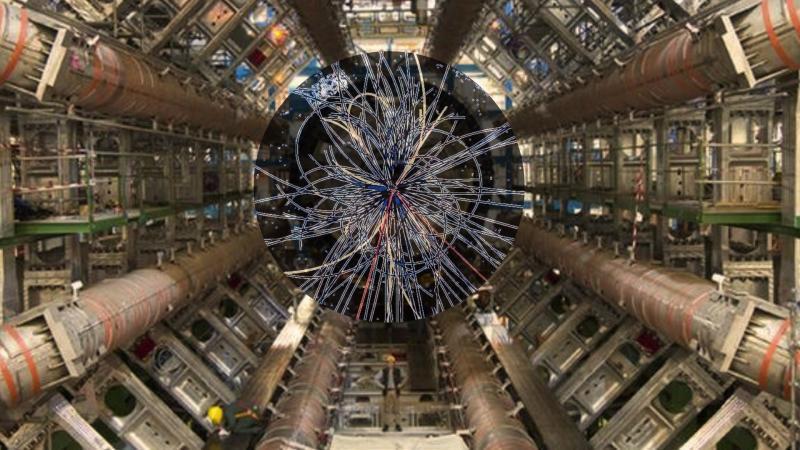
CERN Scientists Shedding Light on Antimatter & Universe’s Origins
The mysteries of the universe have long fascinated human minds, and scientists at CERN’s Large Hadron Collider (LHC) are taking a significant step towards unraveling one of the most intriguing enigmas: antimatter. A recent breakthrough by the ALICE collaboration has confirmed the first evidence of antihyperhelium-4, a milestone that sheds new light on the fundamental forces of nature. This groundbreaking discovery has far-reaching implications for our understanding of matter-antimatter balance and the universe’s early moments.
Located in Geneva, Switzerland, CERN is home to the LHC, a massive particle accelerator that smashes protons together at nearly the speed of light. This incredible feat of engineering allows scientists to recreate the conditions of the early universe, when temperatures and energies were exponentially higher than they are today. By studying the debris left behind after these high-energy collisions, researchers can gain insight into the fundamental forces that shape our universe.
The ALICE collaboration, a team of scientists from around the world, has been studying heavy-ion collisions at the LHC. Their latest discovery, published in the journal Physical Review Letters, has confirmed the existence of antihyperhelium-4 (α¯4), a rare and exotic form of antimatter. This achievement marks a major breakthrough in the field, as it provides the first direct evidence of antihyperhelium-4.
Antimatter is a fundamental aspect of the universe, consisting of particles with the same mass as their matter counterparts but opposite charges. In the early universe, matter and antimatter were created in equal amounts, yet somehow, matter prevailed, leaving antimatter to become a rare and elusive phenomenon. The discovery of antihyperhelium-4 has significant implications for our understanding of this imbalance.
The ALICE collaboration used the LHC’s heavy-ion collisions to produce antihyperhelium-4. By recreating the extreme conditions of the early universe, scientists were able to create a small amount of this exotic antimatter. The team then analyzed the debris left behind after the collisions, using advanced detectors and sophisticated algorithms to identify the presence of antihyperhelium-4.
The confirmation of antihyperhelium-4 is a significant step forward in the field of antimatter research. This discovery will enable scientists to better understand the fundamental forces that govern the behavior of matter and antimatter. By studying the properties of antihyperhelium-4, researchers can gain insight into the mechanisms that led to the dominance of matter in the universe.
The implications of this breakthrough extend beyond the realm of fundamental physics. A deeper understanding of antimatter and its properties could lead to breakthroughs in a wide range of fields, from medicine to materials science. For example, the study of antimatter could lead to the development of new medical treatments, such as targeted cancer therapies.
The discovery of antihyperhelium-4 is also a testament to the incredible capabilities of the LHC. This massive particle accelerator is a marvel of modern engineering, allowing scientists to recreate the extreme conditions of the early universe and explore the fundamental forces of nature.
In conclusion, the recent breakthrough by the ALICE collaboration at CERN’s Large Hadron Collider is a significant step forward in the field of antimatter research. The confirmation of antihyperhelium-4 provides new insights into the fundamental forces of nature and the universe’s early moments. As scientists continue to study this exotic form of antimatter, we can expect to uncover new secrets about the universe and the fundamental laws that govern its behavior.
Source:
https://researchmatters.in/news/exotic-antimatter-spotted-heavy-ion-collisions-lhc






